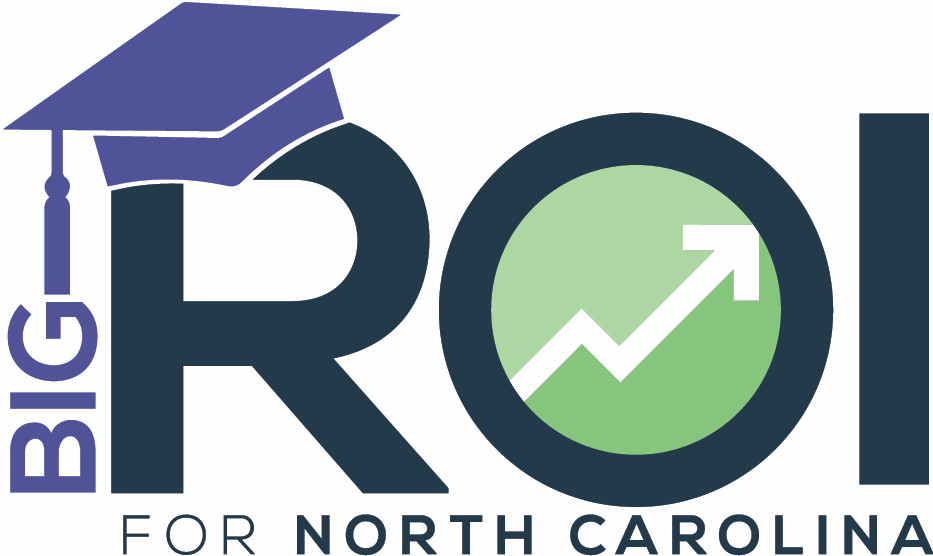A new, in-depth economic impact analysis found Wayne Community College has a $114.2 million annual impact on the regional economy – supporting around 640 jobs or one out of every 26 jobs in the county.
The impact of the increased earnings of WCC alumni and the businesses they work for totaled $58.9 million.
“Wayne Community College’s contributions to Wayne County and North Carolina’s economy are significant. Both our county and state are beneficiaries of increased tax receipts and a reduced demand for government-supported services,” said WCC President Patty Pfeiffer. “In addition, there is a tremendous economic benefit to our students and alumni who have a greater earning potential.”
The report also assesses the economic impact of five WCC programs on the area economy, the return on investment for students, and the benefits generated for N.C. taxpayers.
The high-demand career pathways quantified in the report include jobs and programs related to Welding, Applied Animal Science, Associate Degree Nursing, Business Administration, and Industrial Systems Technology.

One example of return on investment for WCC students is the $8.60 for every dollar invested in their education garnered over the course of their working lives by those who earn a certificate or degree in Business Administration. Another is $7.60 per dollar invested that Welding program graduates can expect to receive in higher wages, which is a 24.7% rate of return. Other programs may have a higher return on investment and their graduates may earn a higher wage upon graduation.
The WCC economic impact study as well as the report for each of the featured programs, can be found under “Economic Impact” on the college’s “Institutional Effectiveness Documents” webpage
With support from the North Carolina General Assembly, leaders from the N.C. Association of Community College Presidents, the N.C. Community College System Office, the Center for Applied Research, N.C. State’s Belk Center for Community College Leadership and Research, and the John M. Belk Endowment formed to collaborate with national research leader Emsi Burning Glass to produce a regional economic impact study for each of the state’s 58 community colleges, as well as an overall statewide report.
The studies found that each of North Carolina’s community colleges pumps millions of dollars into the regions they serve – creating jobs, wealth, and opportunities for local residents. North Carolina’s 58 community colleges represent a combined $19 billion in annual impact on the state’s economy and support one out of every 19 jobs in the state.
“The return on investment in our community colleges is unmatched – not only for students and parents, but taxpayers and our entire state economy,” said N.C. Community College System President Thomas Stith. “We are proud of the contributions of our graduates and employees to enhance and strengthen our North Carolina communities.”

Society benefits from community colleges in increased economic base and savings generated by improved lifestyles. The economic impact study found for every dollar the state invests in North Carolina’s Community Colleges, the state gains $7.50 in added incomes and social savings. Overall, society gained $7.70 in added state revenue and social savings from investment in WCC.
North Carolina community colleges generate nearly double the revenue from what they take in from the taxpayers. For every dollar of public money invested in WCC in fiscal year 2019-20, taxpayers get $2.10 back in added tax revenues and public sector savings over the course of the students’ working lives.
“We’re pleased the reports so clearly quantify and demonstrate the major economic impact North Carolina’s 58 community colleges, faculty, students, and alumni have in each of their respective areas,” said Dr. Mark Poarch, president of Caldwell Community College and Technical Institute and the current president of the N.C. Association of Community College Presidents. “Our colleges offer a big return on investment for students and employers, policy makers and taxpayers. We are grateful for the continued confidence in what we do and for continued commitment to making smart investments in our state.”
“It’s been a privilege to have worked and supported our education partners on this study from the beginning as I was confident the results would blow us away. And it did. I think it’s fair to say not many government-funded programs generate more revenue than they take in from taxpayers,” said State Senator Deanna Ballard, chair of the Senate Education Committee. “It’s critical that our high school graduates and adults looking to gain new skills take advantage of the incredible opportunities that their local community college provides.”
Community college graduates have higher incomes that contribute to a larger tax base and a growing state. The average student who graduates from Wayne Community College with an associate degree will see an increase in earnings of $7,600 each year compared to a person with a high school diploma or equivalent working in this state.
“Our community colleges are among the state’s most critical assets to leverage and accelerate the education and upskilling of our State’s homegrown talent,” said MC Belk Pilon, president and board chair of the John M. Belk Endowment. “As we look ahead, we must continue and accelerate investments in our 58 community colleges to ensure we increase access to economic mobility, prepare North Carolinians for the jobs of today and tomorrow, and further grow local and state economies.”
More information about the statewide economic impact studies can be found at BigROIforNC.org including the state report, as well as reports, fact sheets, and summaries for each of North Carolina’s 58 community colleges.

